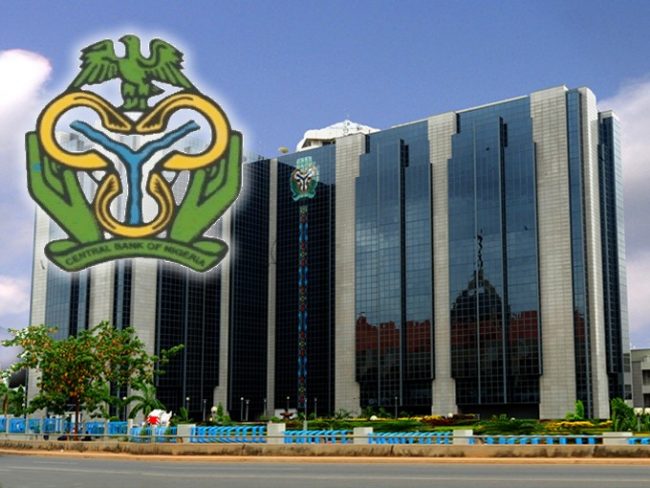Due to the significant liquidity in the financial system at the time the apex bank held its midweek primary market auction, spot rates on Nigerian Treasury Bills (CBN) fell as demand waned.
Due to market participants taking their bids to the Central Bank of Nigeria (CBN) Primary Market Auction, trading activity in the secondary market was comparatively quiet. Yields were chained due to a halt in transactions, with the exception of the segment that had a mild bullish movement.
The CBN rolled over 143.98 billion over the three maturities offered at the auction held yesterday. Results published on the CBN website demonstrated that strong (5.7x) subscription levels were sustained by the system’s excess liquidity.
The bid-to-cover ratio dropped from 6.23x at the last auction to 5.70x. The largest demand, according to analysts, was for 182-day bills (7.71x), followed by 364-day (5.64x) and 91-day (5.13x) bills.
Stop rates on bills with maturities of 91 days, 182 days, and 364 days were lowered by 80 basis points, 156 basis points, and 118 basis points as a result.
According to the results of the auction, better liquidity conditions caused the stop rates for the 91-day, 182-day, and 364-day bills to reduce to 4.55% (from 5.30%), 6.44% (from 8.00%), and 8.99% (from 10.17%), respectively.
“In the near term, we expect unmet bids and excess liquidity in the system to exert pressure on secondary market yields”, TrustBanc Capital Limited told investors in a note.
The system’s liquidity increased by 23% on Wednesday to end at 721.54 billion. The overnight lending rate, however, increased by 5 basis points to conclude the day at 11.38%.
Data from FMDQ Exchange revealed that in the absence of financial demands, the open repo rate remained constant at 11.00%.
“In the near term, we expect retail SMIS refund to lift system liquidity further, given that maturing treasury bills will offset the auction debit scheduled for tomorrow”, analysts said.
The average secondary market yield on T-bills moderated to 7.24% in tandem with declining marginal rates at the primary market.














